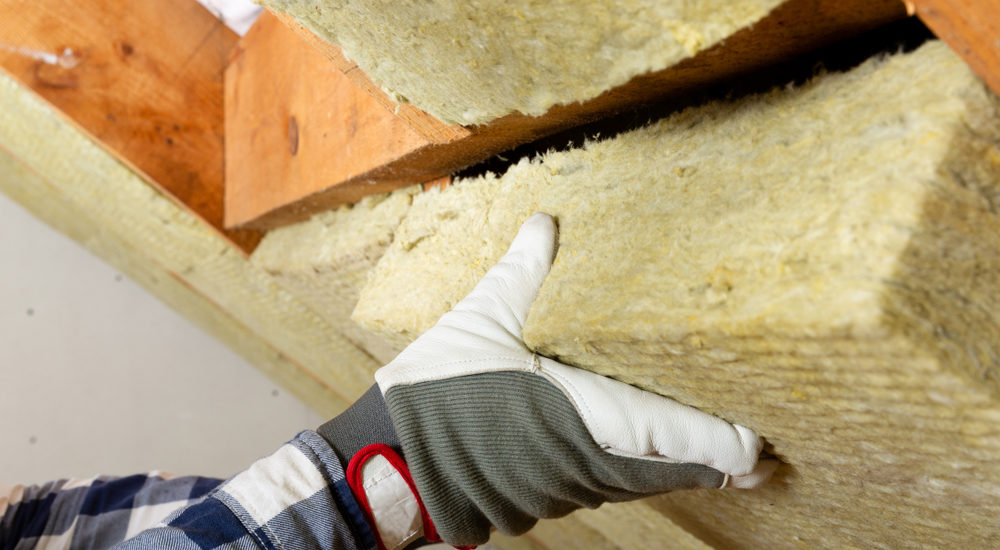
Attic Insulation and Ventilation: Your HVAC Might Not Be The Problem
There are very few roofing contractors that fully understand the dynamics of how your attic plays. In fact, when most people experience significant temperature variances in the upper and lower levels, they automatically assume the HVAC has issues.
It maybe the HVAC and air distribution. Or maybe not.
If you’ve had an HVAC company come and do their best, yet still are experiencing huge temperature variances then it may be time to consider the attic as the culprit.
Here’s what you need to know about Attic Insulation and Condensation:
What Makes A Properly Working Attic?
For your attic to do its job, there must be two things in place:
- It should be ventilating correctly and therefore the temperature of the attic should be the same as the temperature outside.
- It should be insulating correctly as to create a temperature barrier between the attic and your home. In short, it should separate and block the outside temps from coming through your ceiling and vice versa.
Even if only one of these things isn’t working properly, it will affect the performance of the other. Aside from temperature discomfort and increased heating/cooling costs, there are much bigger potential issues at stake.
What Happens if My Attic Isn’t Vented or Insulated Properly?
The first two issues are obvious.
First, you start to notice that your upstairs may be 15-20 degrees hotter than the rest of the house. That’s because the lack of ventilation in the attic will heat up your attic so much that the temperature starts to seep through the ceilings to heat up your home. You may be cranking up the air, blocking downstairs vents, or changing your air filter with minimal relief.
Secondly, all that effort may affect your heating/cooling cost and your utility bill may just skyrocket.
The other issues that arise are less seen and obvious.
Let’s take the issue of improper ventilation.
Your attic needs to “breathe” and release moisture-laden air to the outside. If vents or soffits are blocked (thus unable to do their job) then that air becomes “trapped” in your attic. Imagine the inside temperature of your vehicle on a hot day with the windows up- same effect going on here. The moisture, however, from the inside of your home needs to settle somewhere if it can’t be released.
Naturally, it clings on to the uppermost surface of your attic which is often your sheathing. This is the base board of your roof and as moisture (and eventually mold) takes over, the sheathing will deteriorate and buckle over time. Even the nails that your roofing contractors used will start to rust.
Conversely, the Winter months are prone to more attic condensation which will eventually turn to mold once it melts. We talked more in depth about Winter attic condensation here.
How to Fix My Attic Insulation/Ventilation Problems
A knowledgeable and reputable roofing contractor can come take a look to determine if you even have these types of issues. In fact, when we’re inspecting a roof, we will always jump inside to the attic at the request of the homeowner.
If you suspect this to be an issue, we strongly suggest you ask your roofer to give you his/her opinion on the condition of your attic.
Secondly, as roofers there is only so much we can do since the attic isn’t necessarily our expertise (though it does coincide with roof work). There are plenty of qualified attic consultants that can evaluate your home and give you the proper steps for remediation. We suggest you go there if the roofers’ original findings show some issues with your attic.
Summary
If you’re experiencing temperature variances and high utility costs due to the extreme heat wave we’re experiencing, by all means check your HVAC system. We’re suggesting, however, if your efforts turn up short then you also consider looking into your attic as the culprit.
Have questions about your roof or need a free inspection? Give us a call at (402) 889-3381.